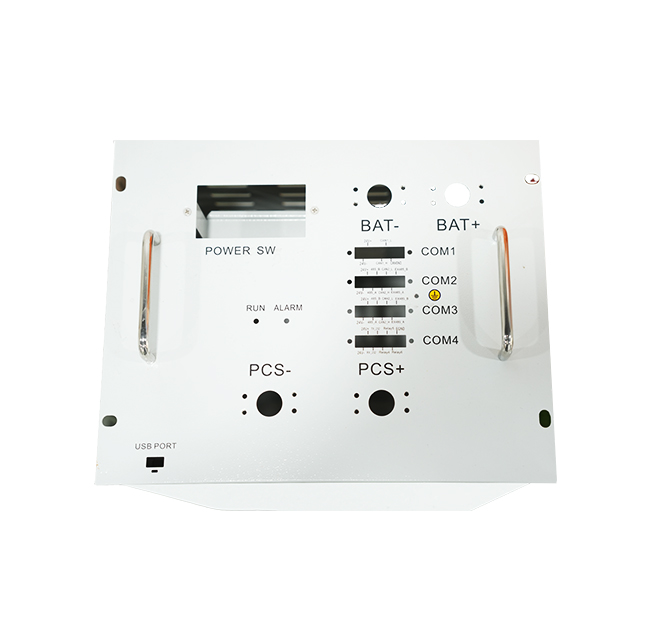Time:2025-06-27 Views:0 source:CNC Machining customization source:CNC Machining news

On - line detection technology in sheet metal processing plays a vital role in ensuring product quality, improving production efficiency, and reducing waste. This technology enables real - time monitoring and inspection of sheet metal parts during the manufacturing process, allowing for immediate identification and correction of defects.
One of the key on - line detection methods is vision - based inspection. High - resolution cameras and image - processing algorithms are used to capture and analyze the surface and dimensional characteristics of sheet metal parts. For example, cameras can detect surface scratches, dents, or uneven edges on the metal sheets. By comparing the captured images with pre - defined quality standards, the system can quickly identify non - conforming parts and trigger appropriate actions, such as rejecting the part or adjusting the processing parameters. Vision - based inspection is highly versatile and can be integrated into various stages of the sheet metal production line, from the initial blanking process to the final assembly.
Another important on - line detection technology is sensor - based measurement. Sensors, such as laser displacement sensors, ultrasonic sensors, and eddy - current sensors, are used to measure the thickness, flatness, and other geometric parameters of sheet metal parts. Laser displacement sensors, for instance, can accurately measure the thickness of the metal sheet with high precision and speed. Ultrasonic sensors are effective in detecting internal defects or variations in material thickness. Eddy - current sensors can be used to detect surface and subsurface flaws in conductive metals. These sensor - based measurements provide continuous feedback to the production system, enabling real - time adjustment of processing parameters to maintain product quality.
In addition, on - line detection systems often incorporate machine learning and artificial intelligence algorithms. These advanced algorithms can analyze large amounts of data collected during the production process, identify patterns, and predict potential quality issues before they occur. By continuously learning from the production data, the system can optimize the detection process, improve the accuracy of defect identification, and enhance the overall efficiency of the sheet metal processing line.
Read recommendations:
Sealing ring Precision electronic parts
Housing components for recessed downlights Precision electronic parts
Oval Magnetic Hardware Precision electronic parts
CNC Machining Dimension Accuracy
CNC processing factory - Meeting customers' strict requirements for precision